Alaska Executive Search and
Bradison Management Group, LLC.

Alaska Executive Search and
Bradison Management Group, LLC.
rofessionally and personally, 2020 has left its mark. Entering spring 2021, leadership continues to need business continuity planning and a more narrowed focus on well-being. No longer is there a separation between work and home life. We now experience both, at once, all day. This new professional environment has had some surprising results. According to Harvard Business Review, or HBR, the major tickers that affect the decline in workplace well-being are:
- Disengagement from work
- Lack of leadership support
- Job security concerns
- Existential concerns
Below are best practices and current research from The Society for Human Resource Management, or SHRM, Gallup, and HBR to empower leaders positively through uncertainty.
- are 81% less likely to seek out a new employer
- miss 41% less work because of poor health
- are 43% more likely to volunteer
- are 36% more likely to report full recovery after illness, injury, or hardship
- are 27% less likely to have changed jobs in the last 12 months
Can/have you or your leadership answered these questions: How are we helping employees fight COVID-19 fatigue and find work-life balance? What about burnout prevention and correction? What are we doing to create or address a culture of well-being? Do we focus on the whole person when we engage/develop our team?
Vibhas Ratanjee, “A CEO’s Guide to Preparing for the Next Crisis,”
Gallup, October 8, 2020, https://tinyurl.com/3e7kdhfp
What about your performance tracking has changed or remained the same? How can your performance management become agile enough to navigate disruptions and future uncertainty? Are your managers prepared to successfully lead remote teams?
Start by communicating your mission and purpose to establish company values. Consult your identity and values for inspiration. Rely on your identity/values to guide the “why” behind decisions, communicating and underscoring why you made them. Allow your values to be the strong support everyone needs. This is a huge opportunity, as only 23% of U.S. employees feel that they can apply their organization’s values to their daily work.
- Policies and procedure changes to encourage workplace safety—considering telecommuting, working remote, time-off, flexible schedules, etc.
- New work environment affecting employee development and training—statuses, bonuses, hazard pay, and pay equity.
- Communicate required employee notices as soon as possible—certain notices may be required to stay compliant.
Business continuity planning will set you apart from your competitors, will help you retain employees, and create opportunities in a changed workplace. Therefore, it is imperative to review and implement the valuable lessons learned here during this past year. When everything feels like it is out of control, it’s important to realize what we can control. The role of leadership hasn’t changed since the onset of COVID-19, it has just been underscored. If this pandemic taught us anything, it taught us how we can evolve and be calculated, rather than reactive, in our responses.
